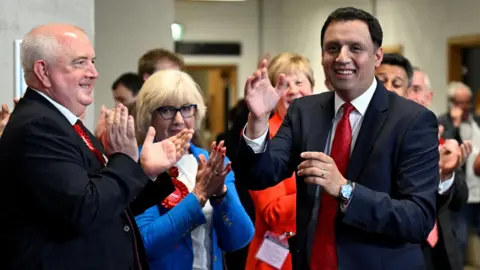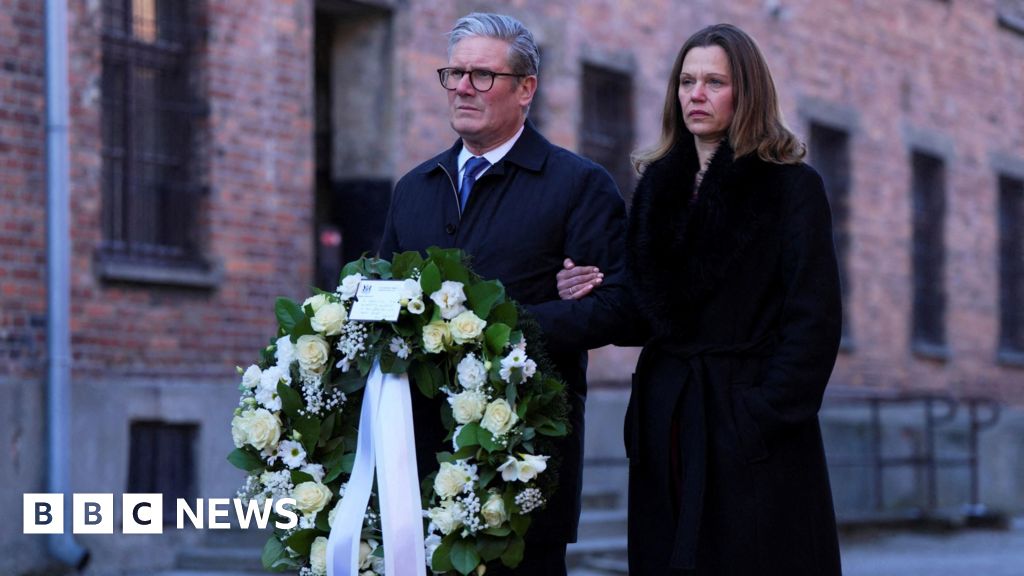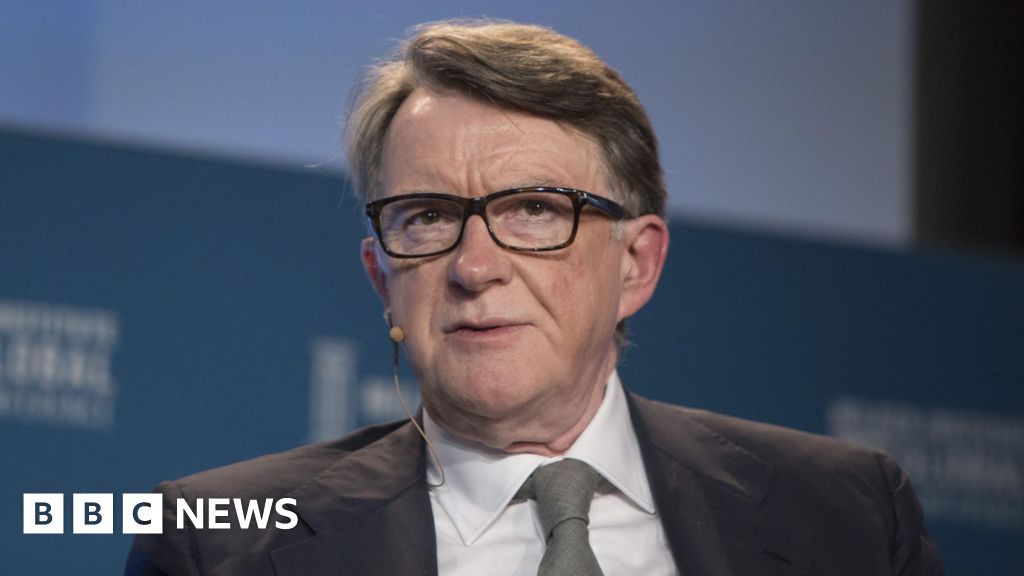ARTICLE AD BOX
32 minutes ago
By Lynsey Bews, Chief political correspondent, BBC Scotland

 Reuters
Reuters
SNP supporters at the election counts in Glasgow
After 14 years in opposition, Labour has made a spectacular return to power at Westminster - and its majority has been bolstered by a swathe of seats in Scotland.
It’s a result that marks a return from the electoral wilderness for the party, having won just one constituency north of the border in the 2019 general election.
As the party crunched its way to through seat after seat, Scottish Labour leader Anas Sarwar achieved what his five predecessors had failed to do – bringing an end to the SNP’s election-winning run.
And Labour did so by taking votes from both the SNP and the Conservatives, with surges across the country.
It was the breadth of the wins that surprised many – the party had anticipated retaking closely contested seats across its traditional heartlands in the central belt, but it had hoped rather than expected to extend its reach beyond that.


The Scottish Labour campaign almost certainly benefitted from the momentum built by a resurgent UK Labour Party, intent on kicking the Tories out of Downing Street.
A greater focus on issues such as the cost of living, rather than the previously dominant constitutional arguments, also ensured Anas Sarwar wasn’t squeezed out of the debate by the SNP and the Tories.
Victory will now be used as a springboard for the 2026 Holyrood election campaign - with the party mounting a serious run at Bute House for the first time in more than a decade.
If it was a celebrated night for Labour, it was a catastrophic one for the SNP.
Having turned itself into an election winning machine, the party dropped dozens of seats from the 48 it won in 2019, marking its worst performance in a general election for more than a decade.

 Reuters
Reuters
Scottish Labour leader Anas Sarwar celebrated the party's success in Glasgow
Losses had been expected.
The SNP’s troubles are well known - disillusionment over a lack of progress towards independence, internal divisions over gender reform and the ongoing police investigation into party finances, to name a few.
But many in the SNP were shocked by the scale of defeat, as seat after seat turned from yellow to red.
So what now for John Swinney and his party? And what now for the question of independence?
After all, the SNP told voters a majority of Scottish seats would provide a mandate to negotiate on leaving the UK.
Of course, the party is not about to give up on its bid for another referendum, but it seems unlikely it can shift the dial any time soon.

 Reuters
Reuters
First Minister John Swinney watches the election count in Perth
Mr Swinney was only in post as leader for a matter of weeks before the election was called, and therefore isn’t expected to bear the blame - although many point out his role as Nicola Sturgeon’s deputy, insisting all of the responsibility cannot be laid at Humza Yousaf’s door.
The SNP leader says there will be soul-searching to do, but it’ll have to be done quickly. He now faces the challenge of getting the SNP back on the front foot in time for that 2026 election.
That ballot now looks to be a far tougher contest, given Labour’s swelling support.
But there are fresh challenges for Anas Sarwar too – he’ll need Sir Keir Starmer to deliver on at least some of his promises in the early months of the new Labour government.
If Mr Sarwar is to keep those votes loaned to him by independence-backing SNP supporters, Labour will also need to demonstrate it can deliver for Scotland, and that its Scottish leader can influence decisions made by Number 10.

 6 months ago
29
6 months ago
29








 English (US) ·
English (US) ·